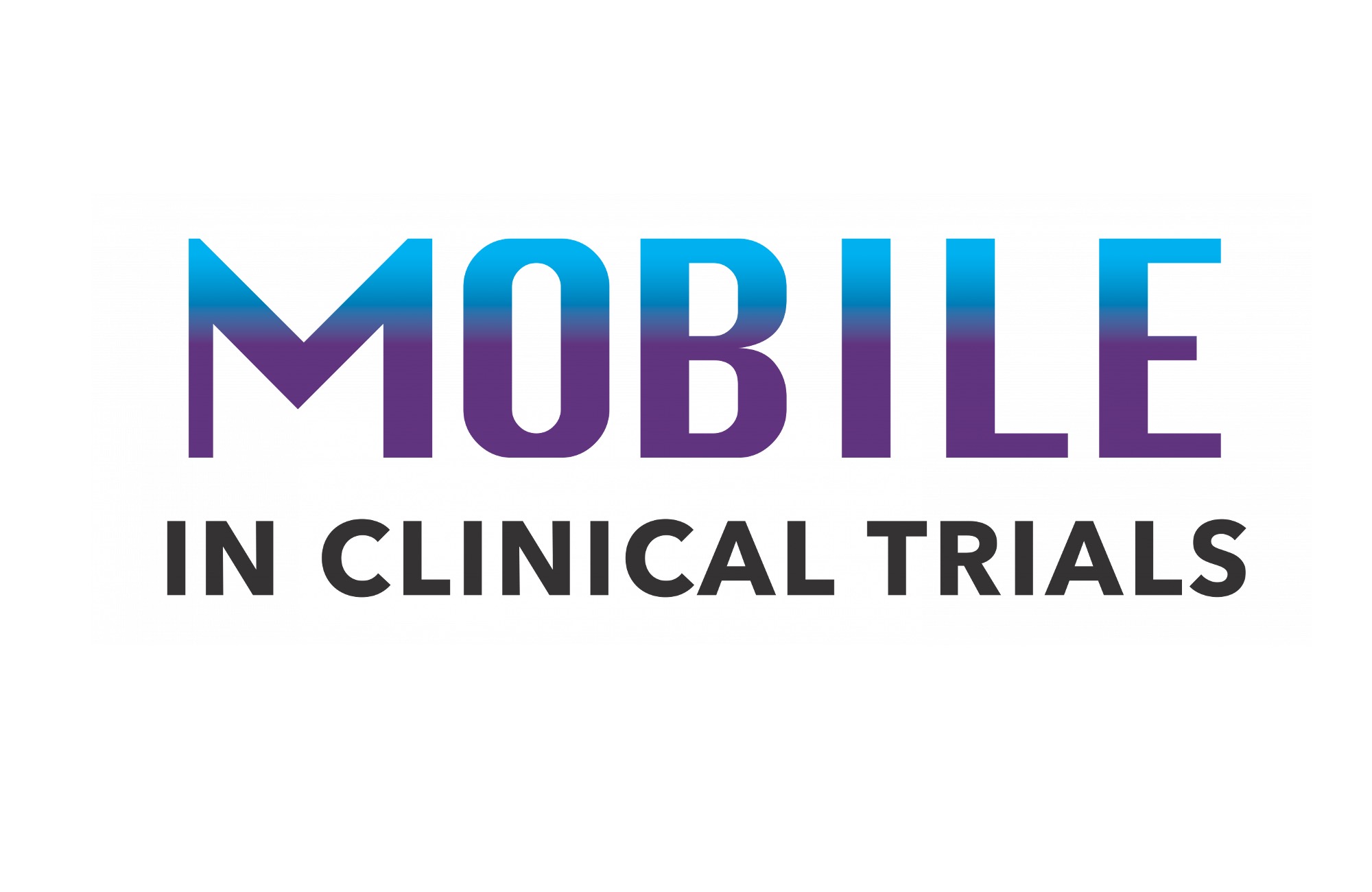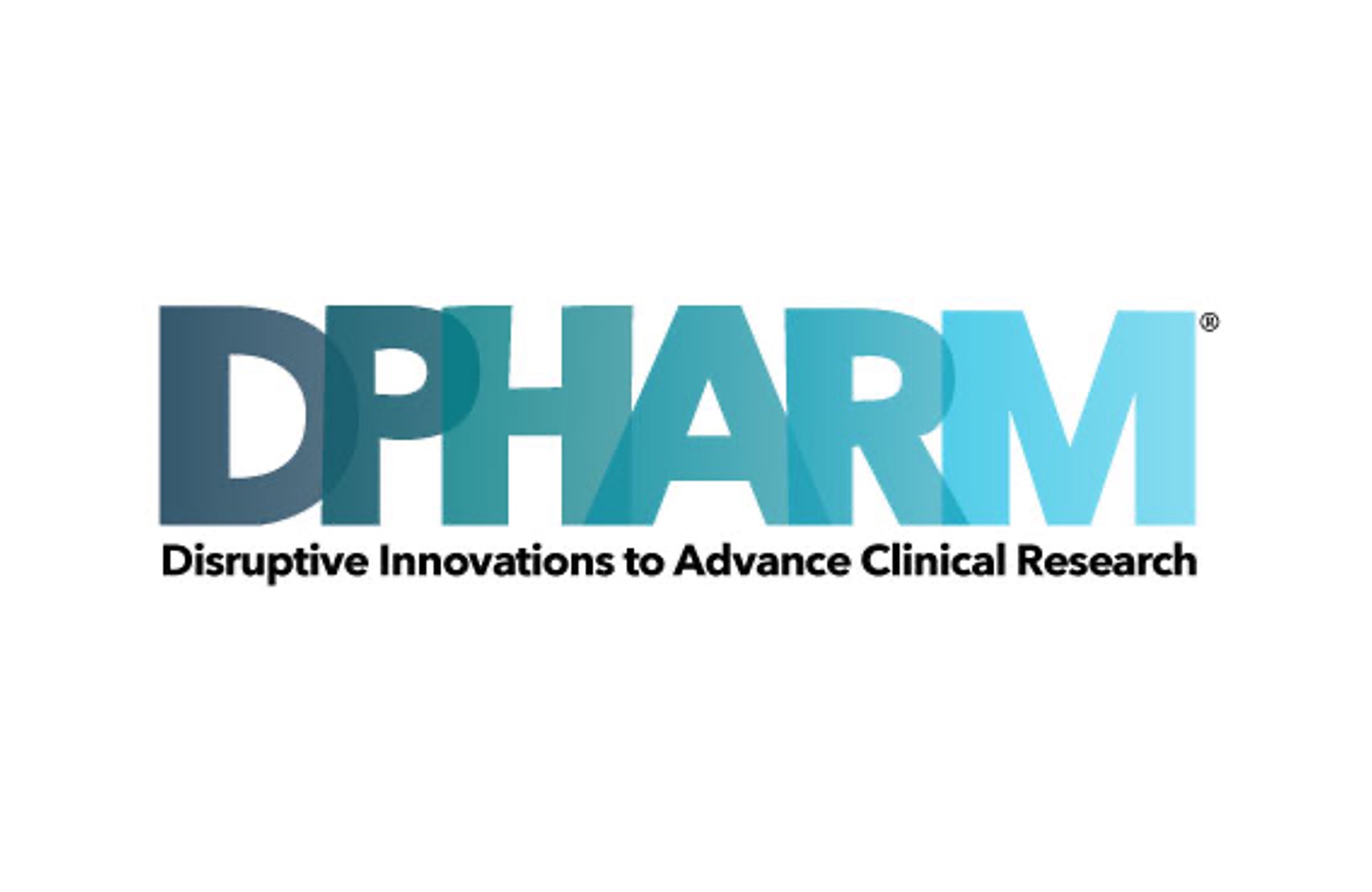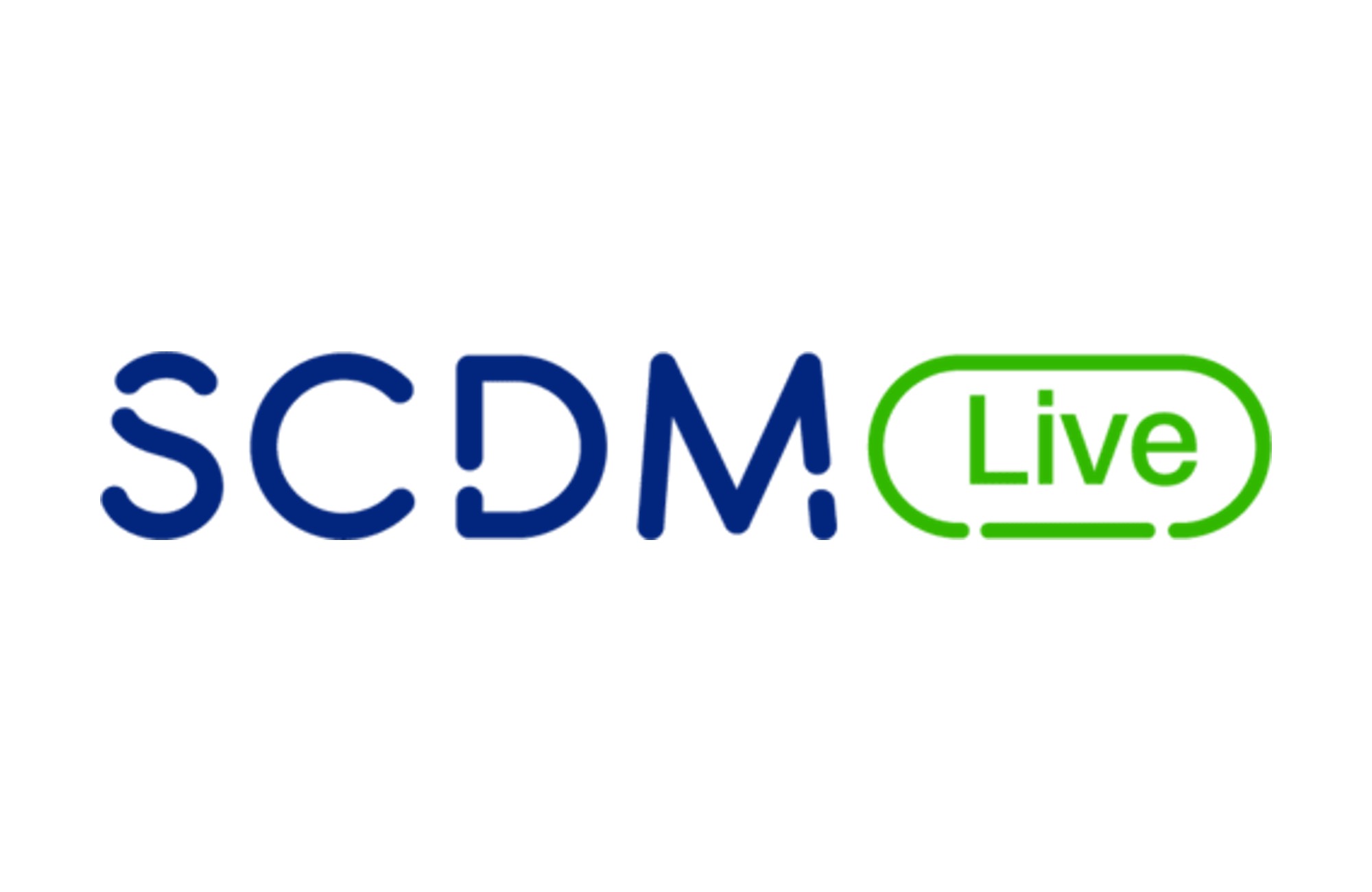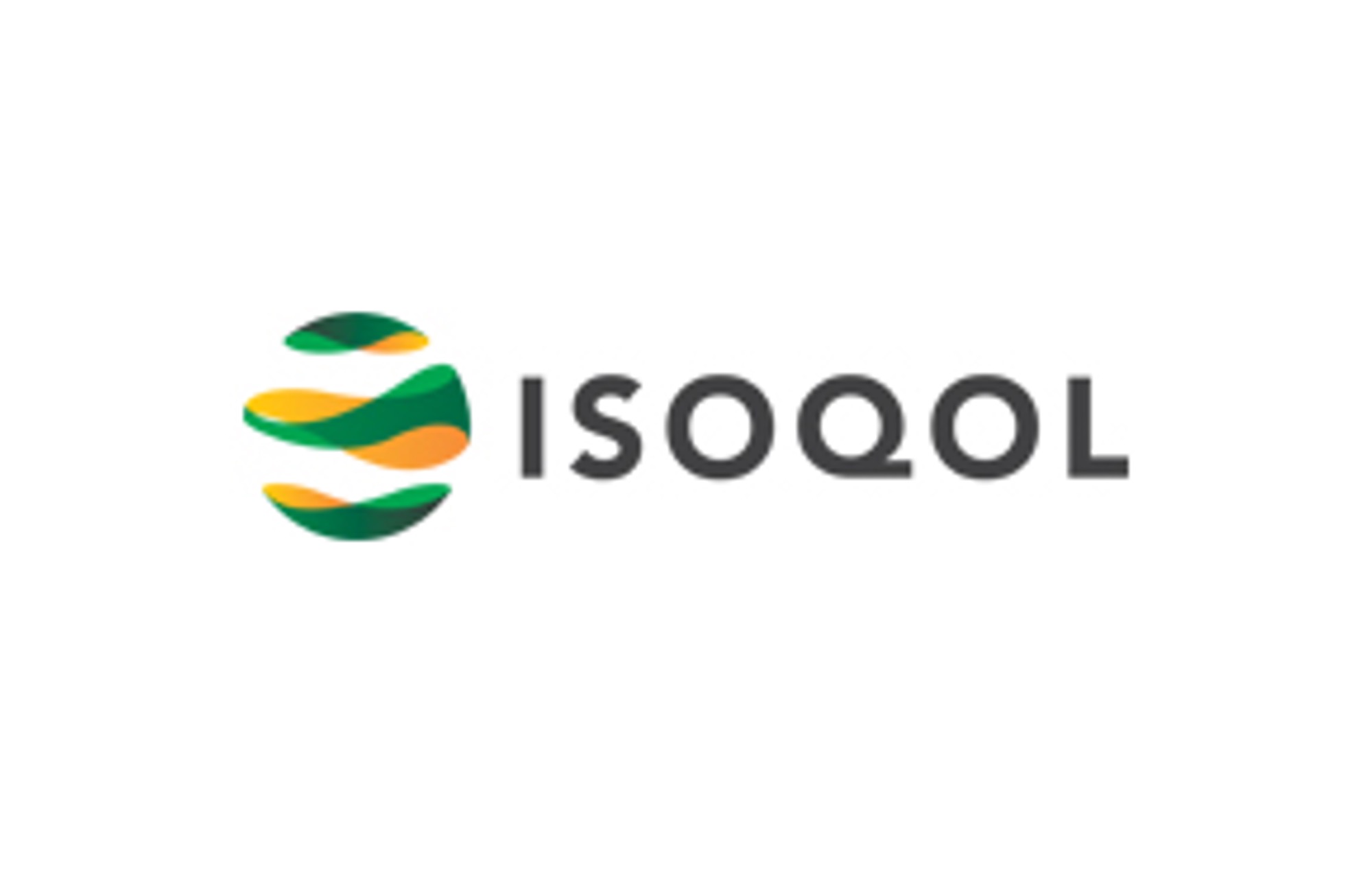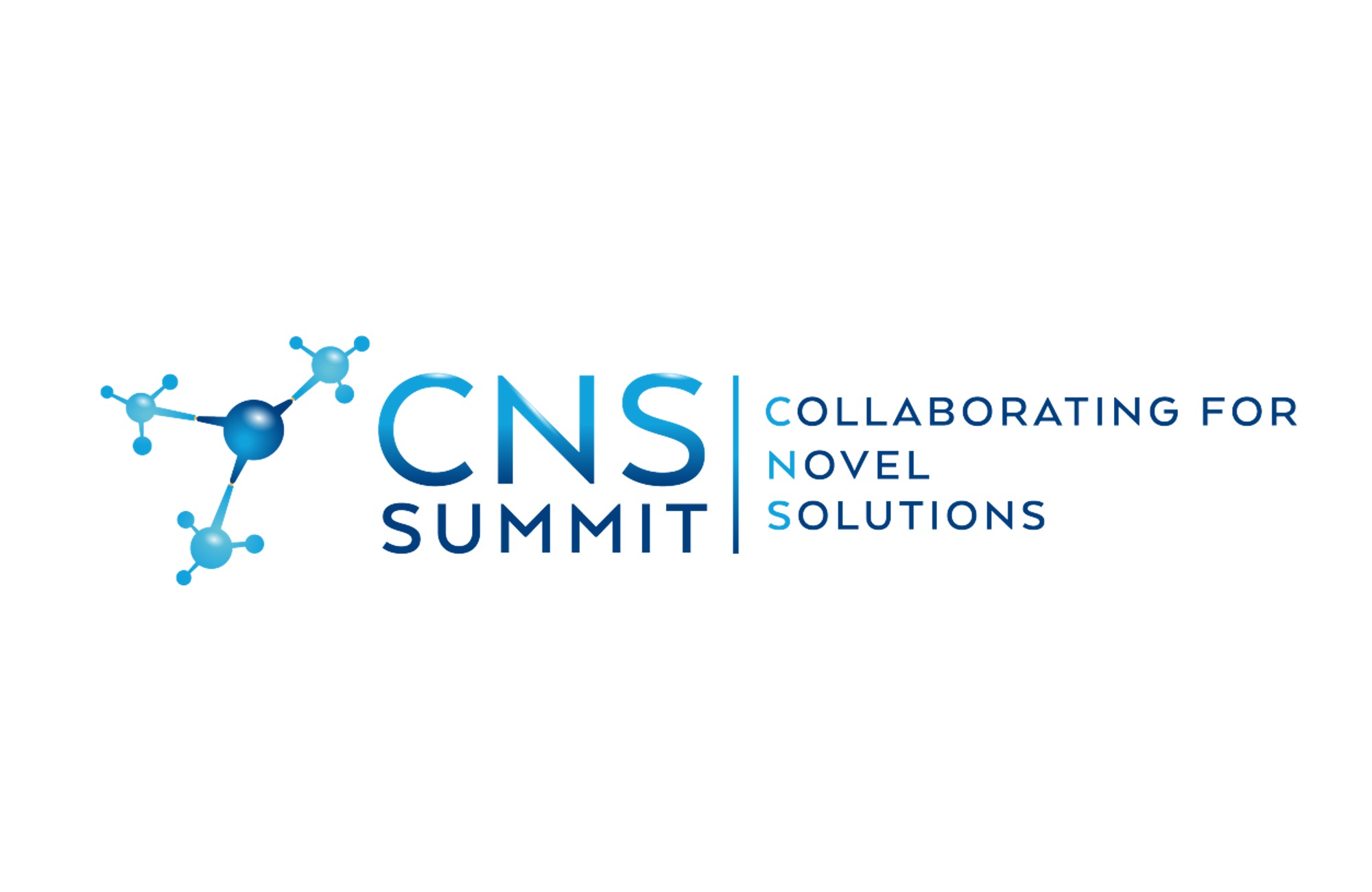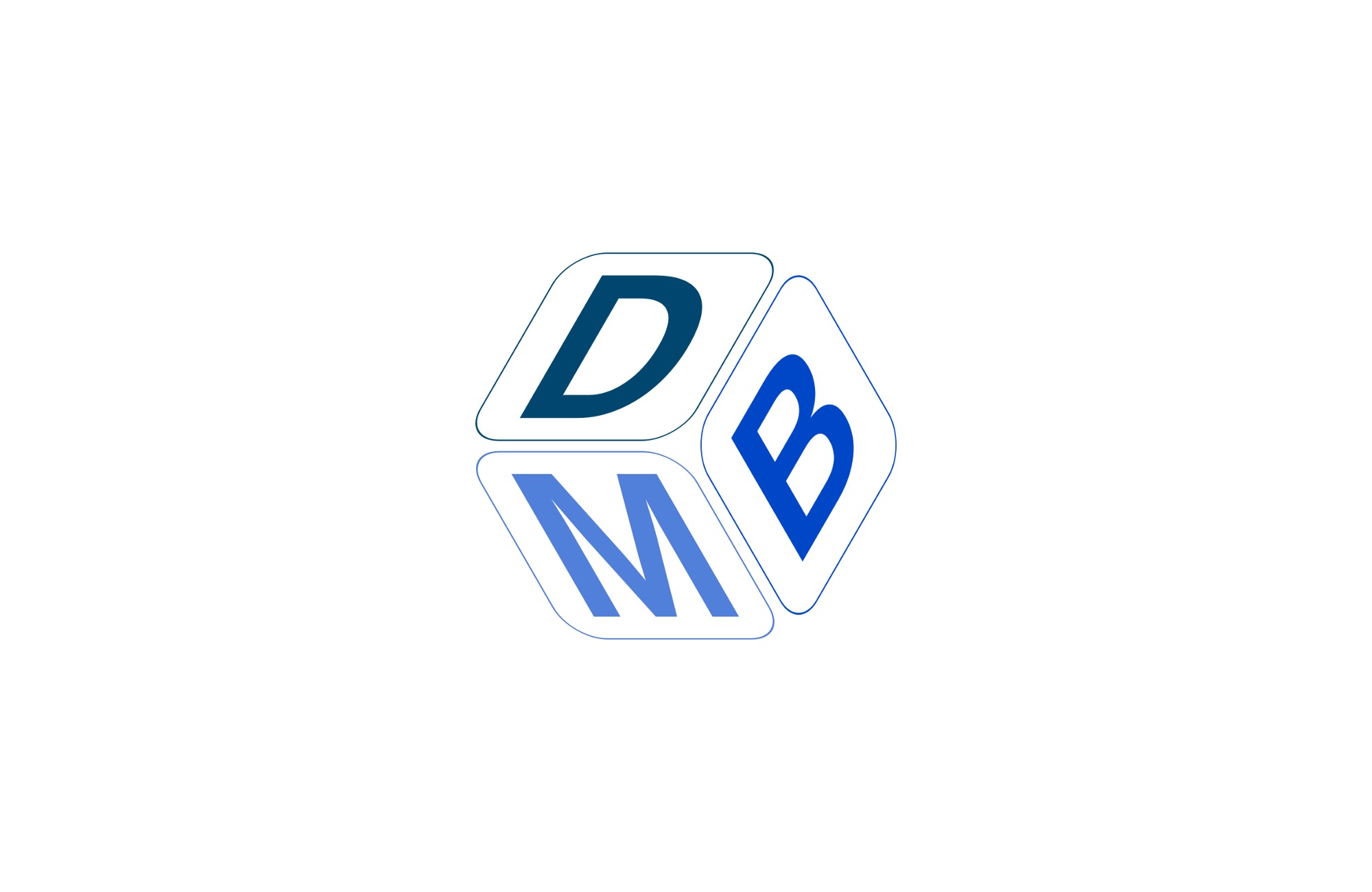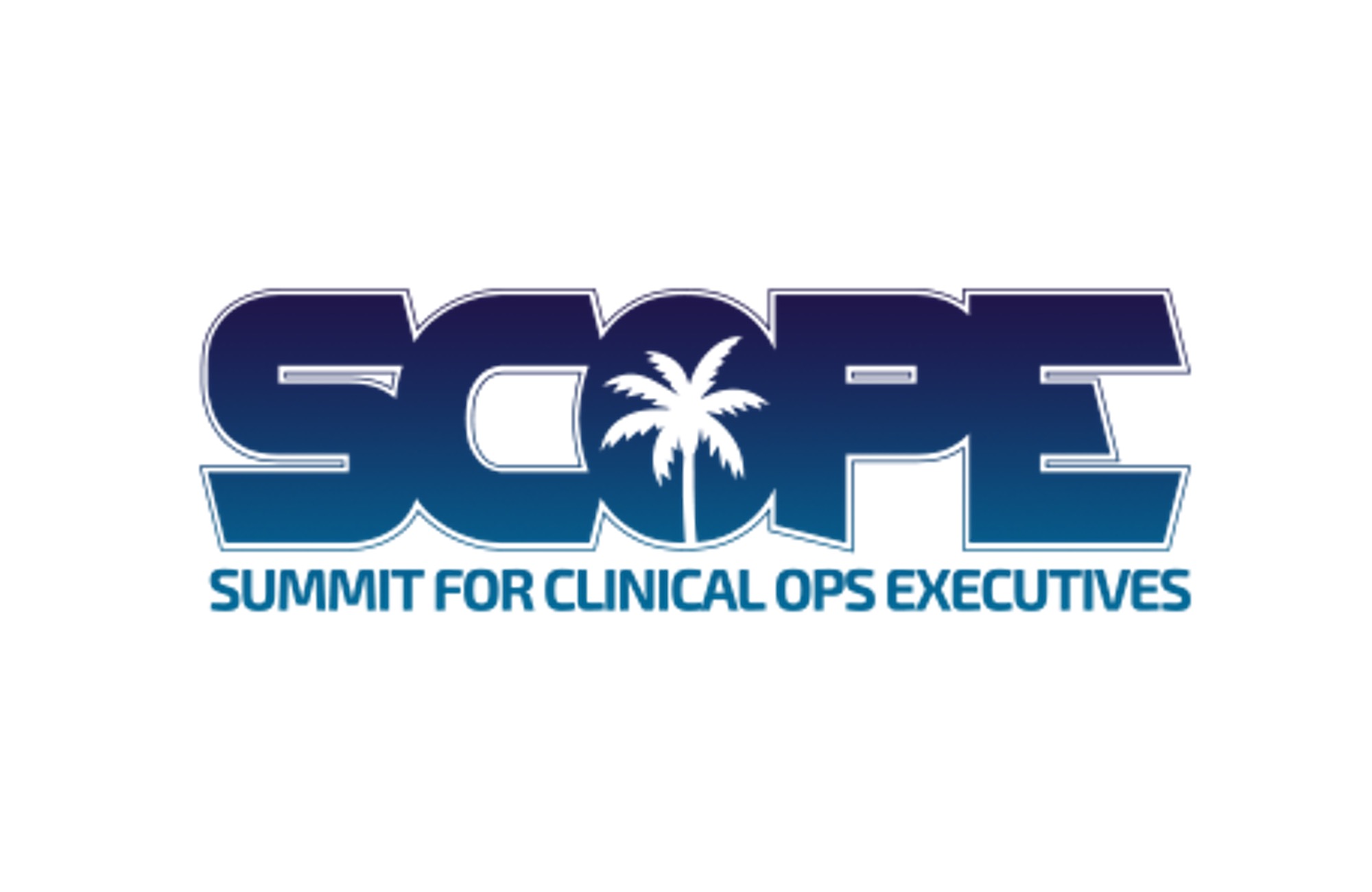The past few years have seen a new breakthrough in electronic data capture: the electronic Informed Consent Form (eICF). Nowadays, most clinical trial experts recognize the added value of an eICF and the benefits that it brings to the implementation of a trial, including better explanation of a trial to patients using multimedia tools and improved patient comprehension. The eICF is clearly of great value for patients to better understand what is at stake when entering a clinical trial.
But for other stakeholders this tool is viewed purely as an additional cost, and is often too expensive for the trial budget. To make a valid comparison between paper ICFs and eICFs, it is useful to focus on the hidden costs of a regular paper ICF.
#1: MONITORING
Some monitoring costs associated with the use of a paper ICF are highlighted below.
- First, with no information available remotely when using a paper ICF, monitoring visits cannot be fully prepared in advance and so the time spent on-site is higher than with an eICF solution, generating on average an additional 10 minutes per patient.
- Second, paper-based ICFs do not contribute to risk-based monitoring; instant alerts on completeness or other issues cannot be triggered and it is not possible to adapt monitoring visits to the site’s status, so direct savings are prevented. The savings in on-site monitoring resulting from efficient risk-based monitoring are five to seven times higher than the extra costs associated with central-monitoring.
- The last inconvenience of monitoring using paper ICFs results from the absence of connectivity to EDC/CTMS/ETMS meaning that manual data entry is required, which inevitably introduces the possibility of typographical errors.
Estimated added costs of paper ICF on monitoring =
$3,000 per visit, up to $1 million for a large study
#2: TRIAL EFFICIENCY
The ICF is a critical link between the patient and the site/trial.
- An eICF can be a powerful patient engagement and retention tool. Appropriate and comprehensive information means that patients are truly “informed” and more committed regarding their consent, resulting in a much lower chance of patient drop-out compared to that associated with the use of a paper ICF.
- Looking at it the other way, although paper ICFs have set the norm they have a poorer capacity for patient engagement than the eICF.
Any increase in patient retention will generate significant cost savings that will vary from one trial to another, but could be estimated at an average of $50k per patient.
Estimated added costs of paper ICF on trial efficiency =
$50,000 per patient drop-out

#3: COST OF RESOLVING AUDIT FINDINGS
Errors in signatures, dates or versioning occur frequently with paper ICF.
Any such error will lead to a CAPA, and the later the error is discovered the more expensive the CAPA.
With no ability to provide instant and central alerts regarding such potential issues, paper ICFs can generate huge CAPA costs in the event of very significant findings.
Even if it is understandable that these costs are not provisioned or anticipated in the trial budget, they should clearly be kept in mind as a risk that can be strongly mitigated using eICFs.
Estimated added CAPA costs in the event of major findings =
up to $1 million for large trials
#4: COST OF RETRIEVAL AND BACK-TRANSLATION
In some cases, the sponsor will need to access the ICF after the end of a trial, for instance, for the use of bio banking samples. In this case the biobank will have to contact the site, ensure the site can securely send the relevant version of the paper ICF, and will generally need to back-translate it to English for appropriate understanding of what can or cannot be done with the samples. With an eICF the version sent and updated is fully controlled.
Every paper ICF that needs to be retrieved and back-translated will cost at least $3,000.
Estimated retrieval and back translation cost =
$3,000 per retrieval
Of course, the use of an eICF has a cost that cannot be denied, and a set-up time that is higher than for a paper ICF. But we need to understand that it’s not used only for the benefit of patients (providing better understanding of the trial) and for the sites (ensuring better patient engagement and saving administration time, allowing site staff to focus on the highest-value medical tasks), but also for the benefit of the sponsor in terms of control, patient engagement, and cost savings (up to millions of dollars for a large trial in both direct and indirect costs), especially if the sponsor is using a risk-based monitoring initiative.
Guillaume JUGE, CEO – Kayentis









